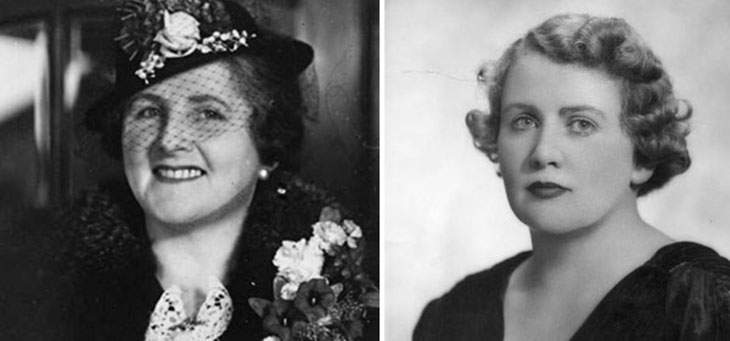When Enid Lyons and Dorothy Tangney first entered federal Parliament almost 75 years ago, they probably thought there’d be more women in government by now.
Australian women officially acquired the right to stand for federal Parliament. Forty years later, the first female was elected.
In 1943, history was made when the United Australia Party’s Enid Lyons – widow of former PM Joseph Lyons (1932-39) – won the seat of Darwin and the Labor Party’s Dorothy Tangney was elected to the Senate.
There are more women in government today, but reports of bullying and mistreatment of female MPs over the past few weeks are being seen as a disincentive to females entering politics.
Lucy Gichuhi, Ann Sudmalis and Julia Banks, have recently made public allegations of bullying.
Earlier this month, Senator Gichuhi threatened to use parliamentary privilege to name those inside the Liberal Party she said had bullied and intimidated her.
Last week, Ms Sudmalis did just that. She and Ms Banks have flagged their intention not to contest their seats at the next election largely because of the alleged bullying.
The senator’s comments prompted Cabinet Minister Kelly O’Dwyer to add further weight to the claims, telling 7.30 she had spoken to both male and female MPs in the wake of the leadership spill and “it is clear to me that people were subject to threats and intimidation and bullying”.
There have been calls for more women in Parliament and arguments against.
Labor has a quota to preselect women in 50 per cent of winnable seats by 2025. The Libs have a ‘target’, which is more aspirational as opposed to a firm policy such as Labor’s.
Currently, half of all federal ALP MPs are women, but only 22 of the Liberal Party’s 107 federal parliamentarians are women.
The federal Liberal Party says it is currently debating how to boost the number of women in Parliament.
But it may be stumbling over its own conservatism. After all, the philosophy of conservatism centres around a ‘commitment to traditional values and ideas with opposition to change or innovation’.
If quotas are adopted, women who get into Parliament may be labelled as ‘quota girls’, similarly to how affirmative action employees were tainted as token.
This is unfortunate as, given the same opportunities all along, both these women and those workers in the 80s may have risen up through the same ranks, possibly further and faster.
That’s where the argument for a meritocracy falls short. Women and indigenous candidates simply have not had the same opportunities to prove their ‘merit’. Maybe quotas will give them a foot in the door, but once in, they should all be judged based on key performance indicators. That is, run with a policy, do your darndest to implement said policy and stay true to your word.
Both men and women have the capacity to do that, but does a politician? Will the country benefit from having more women in Parliament? What would restore your faith in Australian politics?

